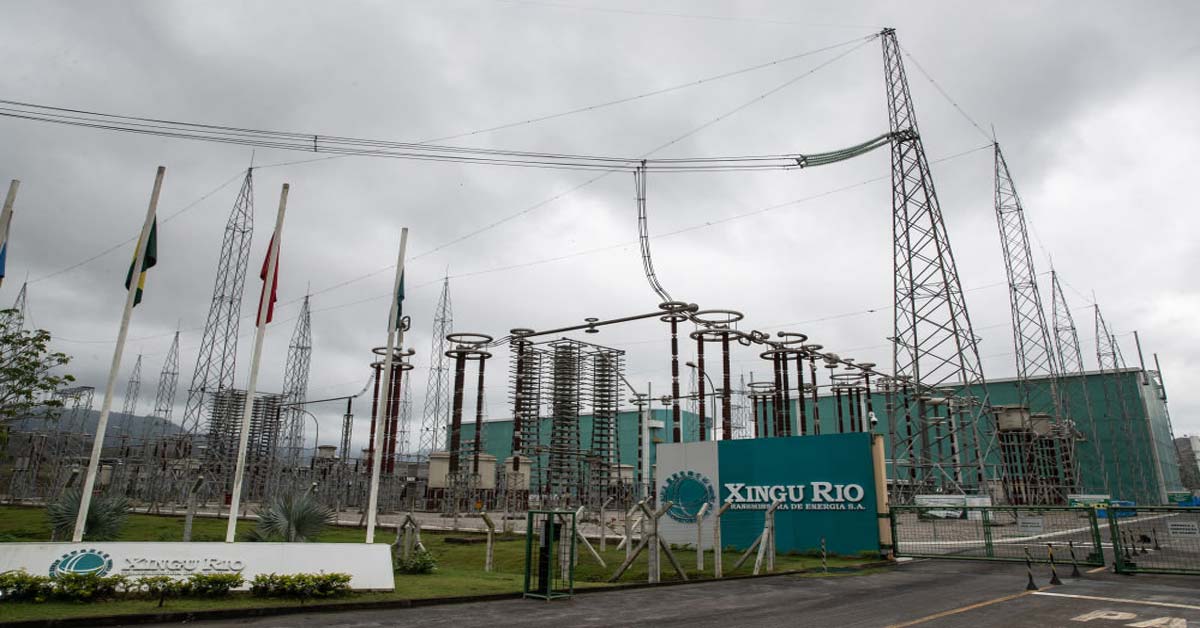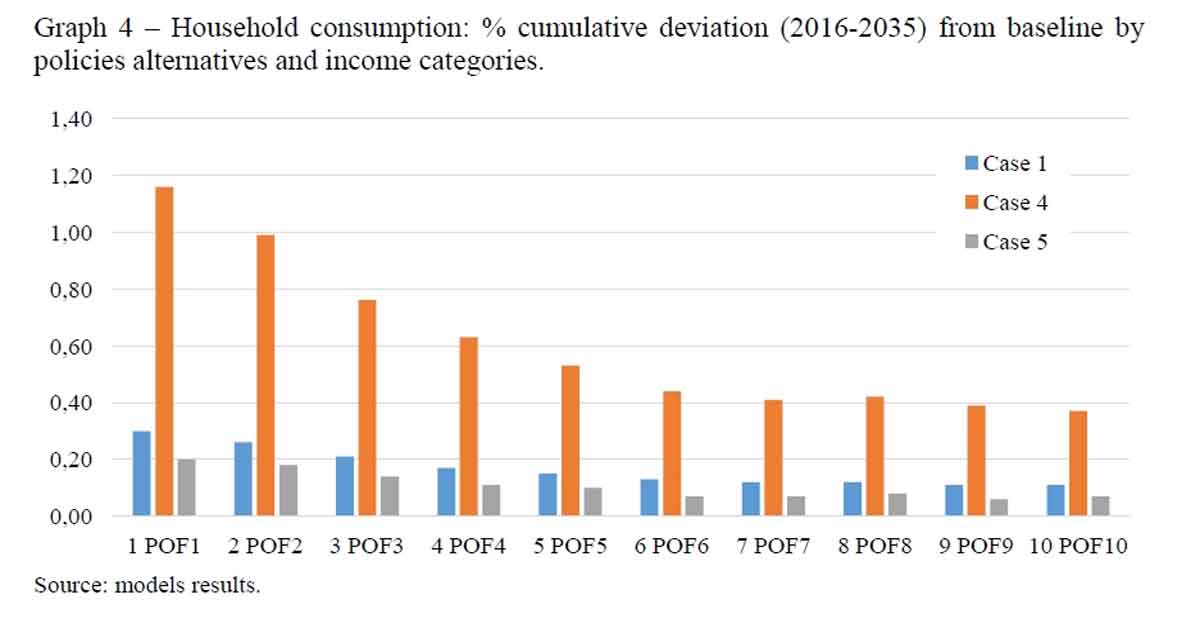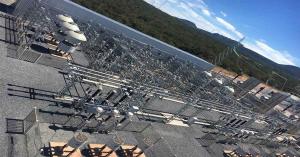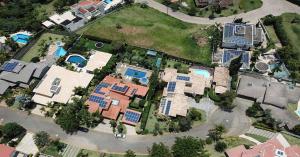Singapore Sovereign Fund develops a Brazilian Transmission Network Through a Strategic Alliance
Singapore sovereign fund develops Brazilian transmission through strategic alliance
CALIFORNIA, USA, October 17, 2023 /EINPresswire.com/ -- The Spanish company Iberdrola has entered into a strategic agreement with the Singaporean sovereign fund, GIC, one of the world's leading institutional investors, to develop a transmission network in Brazil for 2.4 billion Brazilian reais (approximately 456 million euros).The agreement, which was first announced in April this year, has now been approved by the National Electricity and Energy Agency (ANEEL) and the Administrative Council for Economic Defense (CADE).
The two companies will jointly invest in the operation of transmission assets, namely Jalapão, Santa Luzia, Dourados, Atibaia, Biguaçu, Sobral, Narandiba, and Río Formoso.
This will cover a total of 1,865 kilometers of transmission lines with an average concession period of 25 years.
Iberdrola, through its Brazilian subsidiary Neoenergia, will hold a 50 percent stake in the company, valued at 1.2 billion Brazilian reais (approximately €228 million).
In addition, Iberdrola and GIC have signed a framework agreement to jointly participate in future tenders for new transmission assets in Brazil.
With the signing of the agreement, Neoenergia will no longer account for the debt consolidation of the operating assets listed in the scope of the transaction.
The Government of Singapore Investment Corporation (GIC) is a leading global investment company established in 1981 to secure Singapore's financial future.
As the manager of Singapore's foreign exchange reserves, GIC takes a disciplined, long-term investment approach and is committed to investing in key solutions to accelerate the energy transition.
This transaction is part of Iberdrola's non-essential asset rotation program, which has been 100% executed to support Iberdrola's record €47 billion investment program.
Blackouts expose structural and operational shortcomings of Brazil's power grid
In recent years, Brazil has experienced several large-scale power outages and restrictions, affecting the normal life of residents and reigniting the controversy over the privatization of power companies in Brazil.
Brazil's national power system operator, ONS, recently said that the country's interconnected system, SIN, operates a network failure at 8:31 a.m. local time on August 15, which led to widespread blackouts across Brazil.
According to SIN data, Brazil's national power system load dropped 25.9% in 10 minutes.
According to ZMS, in recent years, Brazil has repeatedly experienced large-scale power outages and power limitations, affecting the normal life of the residents, but also once again triggered the controversy over the privatization of power companies in Brazil.
A short period triggered the paralysis of social functioning
SIN data show that local time on August 15, Brazil's national power system load in 10 minutes down about 16 million kilowatts, more than 1/4 of the system's energy, blackouts in only 2 hours led to a large area of paralysis of the country's operation.
In terms of geographical distribution, the load of the North Brazilian grid fell by 83.8%, the load of the Northeast grid fell by 44.4%, the Southeast and Midwest grids fell by 19%, and the load of the South grid fell by 15.5%.
At 12:36 on August 15, ONS reported that 55% of the load on the northern grid had been restored, 81% of the load on the northeastern grid had been restored, and 100% of the load on the southern and southeastern grids had been restored.
At 14:49 that day, all power was restored to the Brazilian grid, and the entire event lasted 6 hours and 29 minutes from start to finish, with SIN losing 19,101 MW of load.
Other data from https://www.gov.br/mme/pt-br/assuntos/noticias/nota-informativa-2
The massive power outage disrupted public transportation and medical services in several regions of Brazil.
Among other things, the national water supply system was immediately affected, interrupting water supply to residents' homes in many states and halting the operation of network operators.
In addition, subway lines in major cities such as São Paulo, Belo Horizonte, and Salvador were shut down.
Road traffic was disrupted as traffic signals in major cities were not functioning properly. According to statistics, the impact of the blackout affected about 1/3 of the country's total population.
After the blackout accident, Brazil's Minister of Mines and Energy Silveira said the accident was caused by overloading of the power grid in the state of Cealla and investigators have not yet clarified a fault, resulting in power disruptions in the north and northeast regions of Brazil, which triggered the National Electricity Dispatch Center's system of contingency measures.
The southern, southeastern, and central-western regions also experienced power restrictions, but their power supply was not completely cut off.
In terms of energy mix, Brazil relies heavily on hydroelectricity throughout the country, and low water levels in dams can trigger drought warnings throughout the country.
But José Marengo, coordinator of Brazil's National Natural Disaster Monitoring and Early Warning Center, pointed out that the drought was not the cause of the blackout.
"Although recent rainfall has been low, it has not been an extreme drought, and the drought alert has not been sounded."
A report by Electricidade Brasileira said the nationwide blackout was caused by the power system's attempts to minimize losses caused by excessive loads, so the system automatically activated blackout protection measures.
Weak grid may lead to frequent blackouts
According to statistics, including this large-scale blackout, in Brazil in the past 15 years, the cumulative scale of the blackout has reached seven times. The causes of the accidents are mainly external force majeure, the grid's own line and protection device failure, grid structure weakness, power sector negligence, and failure to adequately predict the risk.
Data sources https://abcnews.go.com/Business/wireStory/widespread-blackout-leaves-parts-brazil-electricity-102282449
In February 2011, a switch between a 500kV line and a bus on the Brazilian grid failed, and the protective device was misactivated causing the bus to trip, resulting in the Northeast Grid being disconnected from the northern and southeastern grids, and the Northeast Grid operating in an island.
Subsequently, an incorrect protection setting at a hydroelectric power plant led to the shutdown of most of the hydroelectric units, a large-scale power deficit in the Northeast Grid, and a total interruption of power supply in the region.
The accident led to the un-islanding of the Brazilian Northeast Grid from the SIN, involving a total of seven Brazilian states, with a loss of grid load of 8,900 MW and an affected population of more than 10 million people.
The worst of the Brazilian blackouts occurred in 2009.
At that time, due to heavy rainfall and lightning, five high-voltage power lines at the Itaipu hydroelectric power plant short-circuited, resulting in a sudden blackout in Rio de Janeiro and São Paulo, two of Brazil's largest cities, as well as in the surrounding areas.
The blackout covered about half of Brazil's land area affected 18 states, and resulted in a loss of 24,000 megawatts (MW) of grid load, which accounted for about 40% of the total load of the Brazilian power grid at the time.
Multiple large-scale blackouts may reflect the structural and operational weaknesses of the Brazilian power grid.
The latest data released by the Brazilian Electricity and Energy Exchange Center shows that in 2022, 73.6% of Brazil's total annual power generation comes from hydroelectricity. Currently, 80% of the country's electricity relies on renewable energy, much higher than the share of the global average of 30%.
Data sources https://ember-climate.org/countries-and-regions/countries/brazil/
Researchers pointed out that Brazil can develop hydropower resources concentrated in the north and west, while the power load center is concentrated in the southeast coastal region, showing the "north power to the south, west power to the east," transmission pattern.
The northern region of Brazil only consists of regional hydropower stations connected in series through a chain structure, which has a greater impact on the security and stability of the power grid in the region.
The controversy over the privatization of electric utilities has resurfaced.
This large-scale blackout, once again the Brazilian power company privatization to the tip of the wind.
It is understood that Brazil had previously completed the privatization reform of the Brazilian power company, after the reform, the Brazilian government's shareholding fell to less than 50%.
Brazil's current President Lula has repeatedly issued public statements against the privatization of the company, he proposed during the election campaign to privatize several enterprises back to the state, and the Brazilian national power company is one of the goals.
According to local media reports, the price of residential electricity in Brazil rose by 55% after privatization, while industrial electricity prices rose by about 130%.
Data sources https://www.enerdata.net/publications/daily-energy-news/brazils-electricity-consumption-increased-15-2022.html
After the blackout, several power users, including politicians, commented on social media, re-emphasizing the damage caused to Brazil by the privatization of the Brazilian power company.
Silveira said publicly, that the Brazilian national power company business involves national energy security, to a certain extent, has a "national function", and should not be privatized, "but the privatization of the operation and the blackout is perhaps too hasty".
Brazil began implementing a restructuring plan for the power industry in the mid-1990s and introduced competition through the privatization of the power sector. In recent years, Brazil has been committed to promoting electricity market-oriented reforms.
Although Brazil is still one of the top countries in the world in terms of power levels, the management of cable conductors still needs to be optimized for progress in the opinion of some experts. In Brazil's joints, there are still "street cables" everywhere.
And with cable theft on the rise in Brazil, loose wires are more common than ever, some with the metal in cable exposed to the air.
Many São Paulo residents have complained about this situation, fearing that they will be electrocuted if they touch the hanging wires.
In the state of São Paulo, in the first half of the year, more than 1,500 kilometers of cables were stolen between March and April.
Criminals steal the wires to obtain copper metal, which they then sell on the market. The more frequent the thefts, the more common it is for the wires to be left dangling. This has led to increased concern about dangling street cables and the daily use of electricity.
There is a growing call for overhead and underground cables in Brazil.
ZMS Cable
ZMS Cable
+86 371 6782 9333
email us here
Visit us on social media:
Facebook
Twitter
LinkedIn
YouTube
Other
ZMS cables is committed to delivering high quality cable products to projects around the world.
Legal Disclaimer:
EIN Presswire provides this news content "as is" without warranty of any kind. We do not accept any responsibility or liability for the accuracy, content, images, videos, licenses, completeness, legality, or reliability of the information contained in this article. If you have any complaints or copyright issues related to this article, kindly contact the author above.





